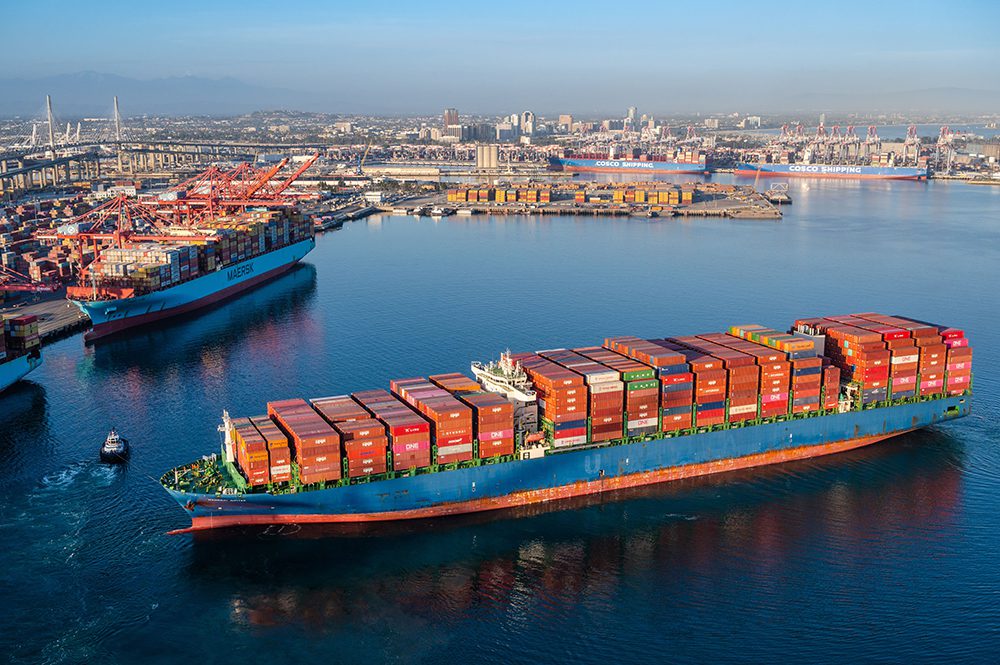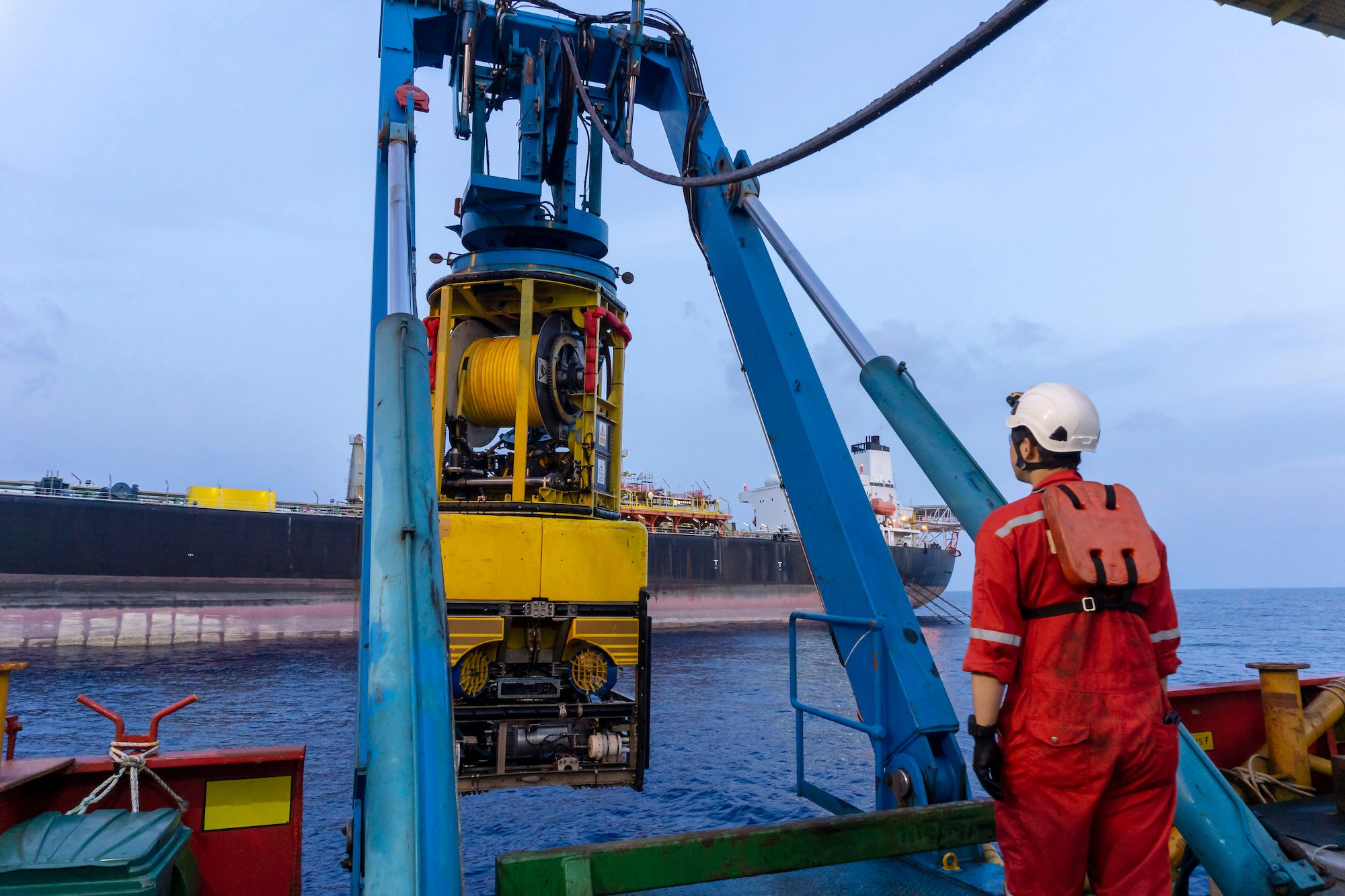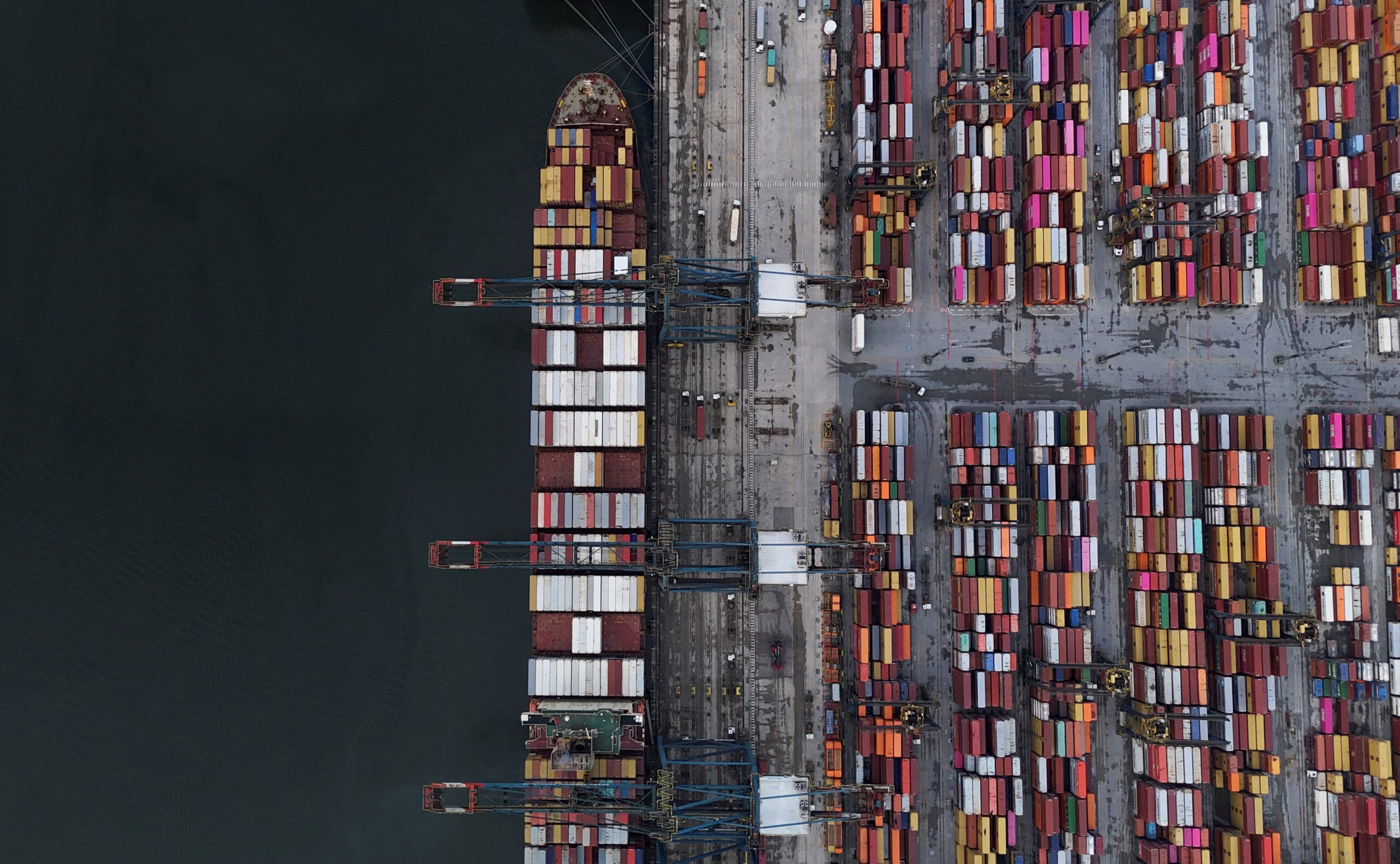By Mike Wackett (The Loadstar) –
The downturn on the transpacific, compared with the pandemic-driven boom of the past two years, is palpable as ocean carriers start to post their Q1 results – but there are suggestions a rebound is imminent.
First-quarter preliminary results from US domestic and transpacific carrier Matson saw container volumes on its China service slump 35% on the previous year, as American consumers drastically cut back on discretionary spending.
Matson chairman and CEO Matt Cox said its retail customers had “continued to conservatively manage inventories amid weakening consumer demand, increasing interest rates and economic uncertainty”.
He said current business conditions on the transpacific were “mixed”, with “some improvement in retailer inventories” and “an improvement in tradelane capacity”.
Container liftings on Matson’s CLX and CLX+ services from China fell to some 60,000 teu, reflecting reduced demand and the termination of its third CCX loop in Q3 last year.
The carrier said the steep decline in volumes and freight rates on the route were “the primary contributors to the decline in our consolidated operating income”, which fell from $433m in Q1 22 to between $33m and $39m this year.
Nevertheless, Mr Cox said, Matson expected “improved trade dynamics in the second half of 2023, as the transpacific marketplace transitions to a more normal level of demand”.
And he added that, “regardless of the economic environment”, Matson’s China service would “continue to earn a significant premium to the Shanghai Containerized Freight Index” spot market.
Matson also reported lower year-on-year volumes on its Hawaii, Alaska and Guam services, as well as from its logistics business during the period.
Meanwhile, the Californian port of Long Beach reported its March volumes yesterday and, in keeping with its San Pedro Bay port of Los Angeles neighbour, throughput declined 30% on the same month of last year, which was a new record, to 603,878 teu.
Imports decreased 34.7%, to 279,148 teu, while the shipment of empty containers slumped 40.5%, to 191,218 teu, reflecting the overstocked equipment situation in Asia.
However, the number of laden containers exported from the port increased by 16.9%, to 133,512 teu, as landside congestion, equipment and chassis availability eased considerably.
“Warehouses remain full and fewer cargo containers are crossing the docks, because consumer spending remains slow,” said executive director Mario Cordero. “We are ready for a rebound in retail as we work with our industry partners to recapture market share.”
And there are indications that a rebound might already be happening, with the port of Los Angeles Signal manifest data for last week showing a spike in import boxes, enabling carriers to implement a good percentage of their mid-month GRIs.
During the quarter, 1,721,326 teu was discharged and loaded at the Long Beach container terminals, representing a 30% decline on the previous year.
Both LA and LB volumes have been impacted by the coastal shift of imports from Pacific to Atlantic ports and by the long-running unresolved west coast labour contract negotiations.
The Loadstar is known at the highest levels of logistics and supply chain management as one of the best sources of influential analysis and commentary.

 Join The Club
Join The Club











